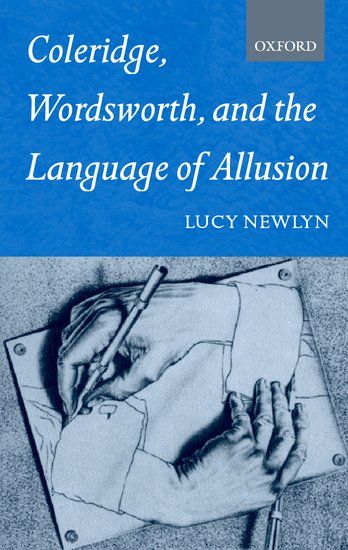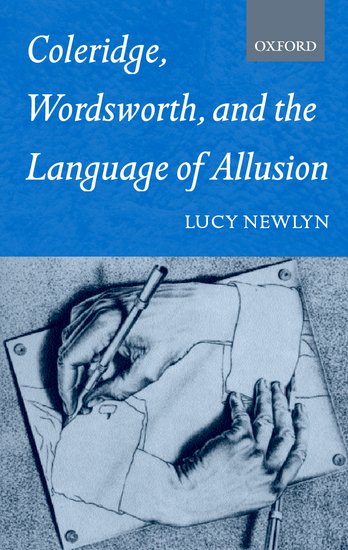Coleridge, Wordsworth, and the Language of Allusion
In this study of two creative minds, Lucy Newlyn offers a new version of the Coleridge-Wordsworth interaction during its most crucial years: 1797-1807.


Coleridge, Wordsworth and the Language of Allusion (Oxford University Press, 1986); second edition 2003
In this study of two creative minds, Lucy Newlyn offers a new version of the Coleridge-Wordsworth interaction during its most crucial years: 1797-1807. Rejecting all those accounts (including the poets' own) which have sought to construe difference as compatibility, Newlyn argues that it is only on the surface that each poet appears the other's ideal audience. Below the surface, there were radical differences, of a theoretical and imaginative kind, which led to misunderstanding. It is the central argument of Coleridge, Wordsworth, and the Language of Allusion that such 'misunderstanding' was creative and, for both poets, a means of self-definition. The key to this interpretation is in the poets' private language: they were not only 'men speaking to men', but poets speaking to poets, and it is in their use of literary allusion that their tacit opposition emerges. Indeed, by examining the range of strategies open to any writer using private allusion, Newlyn's study reveals this mode to be potentially the most aggressive of literary forms.
Reviews
"Lucy Newlyn has a marvellously sharp eye for such echoes and allusions and the intricacy of her observations is constantly illuminating." (John Beer, Times Higher Educational Supplement, 14 July 1986)
"In this absorbing and concentrated study of an enormously complex subject, Newlyn finds Coleridge the decisively dominant partner in what she regards as the crucial first six months of his close association with William Wordsworth, and the more original and powerful intellect at all times. Steeped in the earliest versions of their poems, Newlyn (Oxford) discerns an intricate web of allusions and echoes that often throws unexpected light on familiar passages. Her impressive command of the subtleties of biographical interplay is especially evident in the important chapter, 'Coleridge's Presence in The Prelude.' Although addressed primarily to scholars, this gracefully written work-refreshingly free of critical jargon-can nevertheless be read with profit by gifted undergraduates with a solid background in English romanticism. Good analytical index." Norman Fruman, University of Minnesota in Choice Review